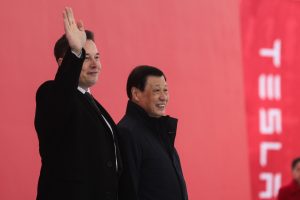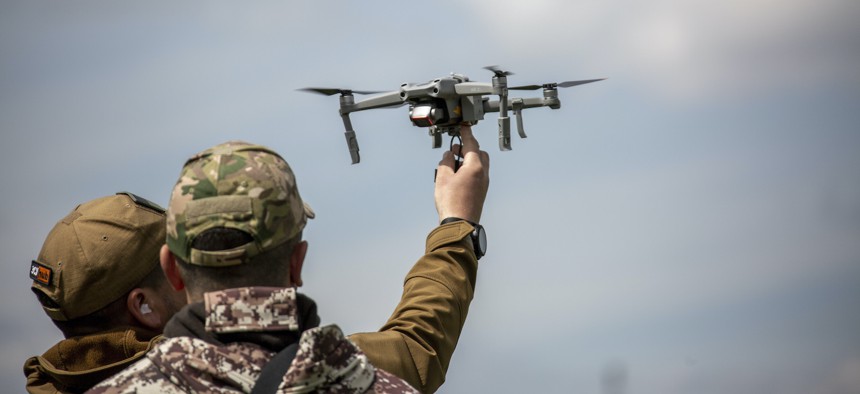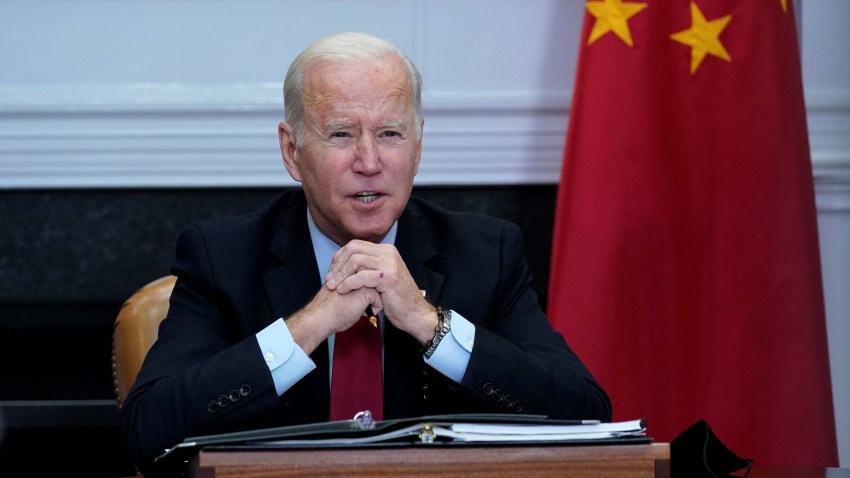ASHOK SHARMA
 NEW DELHI -- U.S. Defense Secretary Lloyd Austin on Monday discussed upgrading partnership with India, a major arms buyer, and set a roadmap for cooperation for the next five years as both countries grapple with China’s economic rise and increased belligerence, officials said.
NEW DELHI -- U.S. Defense Secretary Lloyd Austin on Monday discussed upgrading partnership with India, a major arms buyer, and set a roadmap for cooperation for the next five years as both countries grapple with China’s economic rise and increased belligerence, officials said.Austin's visit comes as India strengthens its domestic defense industry by acquiring new technologies and reducing reliance on imports, particularly from Russia, its largest supplier of military hardware despite the ongoing war in Ukraine.
Austin and his Indian counterpart, Rajnath Singh, explored ways of building resilient supply chains, a statement from India's Defense Ministry said. They decided “to identify opportunities for the co-development of new technologies and co-production of existing and new systems and facilitate increased collaboration between defense startup ecosystems of the two countries.”
They also discussed regional security issues and committed to strengthening operational collaboration across all military services, with an eye to supporting India’s leading role as a security provider in the Indo-Pacific, the statement said.
The new roadmap for U.S.-India defense industrial cooperation will fast track technology cooperation and co-production in areas such as air combat and land mobility systems, intelligence, surveillance, and reconnaissance, munitions and the undersea domain, said a U.S. Department of Defense press release.
"This initiative aims to change the paradigm for cooperation between U.S. and Indian defense sectors, including a set of specific proposals that could provide India access to cutting-edge technologies and support India’s defense modernization plans," it said.
The discussions also included cooperation in space, cyberspace, and artificial intelligence. Austin also met with India's National Security Adviser Ajit Doval.













